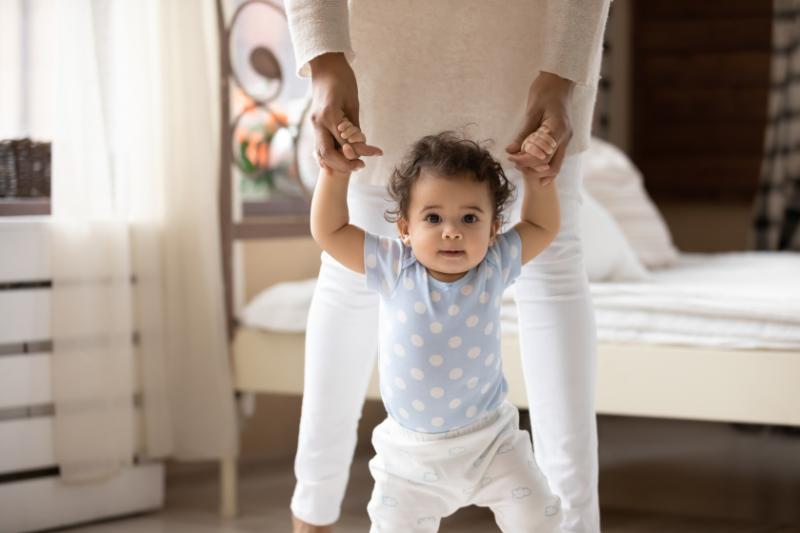Childhood acne is a skin condition that is less talked about than its adult counterpart but can have a significant impact on a child's well-being. Childhood acne appears as pimples, blackheads, whiteheads, and sometimes more severe lesions on a child's skin.
Childhood acne can be emotionally challenging for children. As a parent or caregiver, knowing the ins and outs of this condition is crucial for your child’s well-being.
At Robertson Pediatrics, our goal is to demystify childhood acne and empower parents, caregivers, and children with the knowledge they need to navigate their skin challenges with confidence.
Acne is a common skin condition that starts from the hair follicles and sebaceous glands. Hair follicles are the roots of individual hair strands, while sebaceous glands are responsible for secreting oil (sebum) and connect to these follicles.
The sebum reaches the skin's surface alongside hair through small openings known as pores. Its function is to moisturize both the skin and hair. Acne problems usually arise when pores become obstructed due to a combination of dead skin cells and excess oil.
Additionally, bacteria that naturally reside on the skin may infiltrate these blocked pores, causing breakouts.
Acne is highly prevalent and affects most children and young adults aged 11 to 30 at some point in their lives. It typically emerges during adolescence but can occur at any age. Acne can also affect really young children and newborns.
Childhood acne is seen in three groups:
Infantile Acne: It appears in babies aged 6 to 16 months, peaking at around 9 months. It often stems from temporary imbalances in androgen production, which is the body's way of adjusting to the world outside the womb.
Mid-Childhood Acne: It affects children between the ages of one and seven. Typically, androgen levels are low during this period. However, acne can occur due to the early awakening of these hormones, often linked to "premature adrenarche" or early signs of puberty.
Preadolescent Acne: It occurs between 7 and 12 years of age. This marks the onset of puberty, bringing a surge in adrenal androgens. This stage signifies a transition from childhood to adolescence and is the stage when acne is most commonly seen in children.
Recognizing potential triggers for childhood acne can help you adopt preventive measures and seek timely treatment if necessary for your child. Understanding these common causes of childhood acne is essential for both parents and children.
Hormonal imbalances play a pivotal role in childhood acne. During adolescence, hormonal changes kick-start the development of the sebaceous glands, which become more active and can produce excess oil (sebum).
Overproduction of sebum can clog hair follicles, resulting in acne.
Just like in teenagers, fluctuations in hormone levels in children can stimulate oil glands, leading to acne breakouts. However, in children, hormonal imbalances can manifest differently.
For example, infantile acne may result from temporary hormonal imbalances, while preadolescent acne often signifies the onset of puberty with the rise in adrenal androgens.
Family history can significantly influence a child's likelihood of developing acne. If one or both parents experienced acne during childhood or adolescence, the child may be genetically predisposed to the condition.
Genetic factors can impact the skin's oil production, propensity to inflammation, and other characteristics that increase the risk of acne.
Environmental factors can also contribute to childhood acne. Exposure to pollutants, allergens, and irritants can lead to skin inflammation and potentially trigger acne.
Moreover, excessive sweating, particularly in hot and humid conditions, can worsen the condition. Children who play sports or engage in physically demanding activities may be more prone to acne in such situations.
The relationship between diet and childhood acne is a topic of ongoing research and debate. Some studies suggest that high-glycemic foods and dairy products may exacerbate acne in some children.
However, the connection between diet and acne is complex and varies from person to person. This is something that should be explored on an individual level with your child’s doctor.
The physical and emotional changes that come with childhood can increase stress levels and cause emotional turmoil in children. These factors may influence the severity of acne in children.
Changes such as transitioning to a new school or dealing with peer pressure can trigger a stress response in children. Stress, in turn, may stimulate hormone production, potentially worsening acne symptoms.
Identifying childhood acne can be challenging as it often appears different from adult acne. Look for the following signs to identify childhood acne:
- Whiteheads: These are small, rounded, and white or flesh-colored bumps that typically appear on the skin's surface. Whiteheads occur when hair follicles become blocked with a mixture of dead skin cells, oil (sebum), and sometimes bacteria. The pore remains closed, preventing the trapped material from oxidizing, which is why whiteheads don't darken like blackheads.
- Blackheads: Unlike whiteheads, blackheads have open pores. They are small, dark, or black-tipped bumps on the skin. Blackheads form when the hair follicles become partially blocked. The dark appearance is not due to dirt but rather the oxidation of the trapped sebum and skin cells when exposed to air.
- Papules: Papules are small, solid, and elevated red bumps that can be sensitive to the touch. These occur when the hair follicles become inflamed and swollen due to the accumulation of bacteria, sebum, and dead skin cells beneath the skin's surface.
- Pustules: Pustules are similar to papules but have a white or yellow center. These are what we commonly refer to as pimples. The white or yellow appearance is due to the accumulation of pus, which is a mixture of dead white blood cells, bacteria, and cellular debris, at the site of inflammation.
- Nodules: Nodules are larger, more painful, and deeper lumps that develop beneath the skin's surface. These occur when the blockage within the hair follicle causes a more significant inflammatory response. Nodules can be especially uncomfortable and tend to linger without treatment.
- Cysts: Cysts are the most severe form of childhood acne. They are large, painful, pus-filled lumps that are deeply embedded within the skin. Cysts are a result of a severe inflammatory response and are more likely to lead to scarring. Professional medical intervention is typically required to manage cystic acne.
Treating childhood acne can involve a combination of home care and consultation with a healthcare professional. Here are some strategies:
- Gentle Cleansing: Use a mild, fragrance-free cleanser to clean the skin twice a day.
- Over-the-Counter Topicals: Non-prescription topical creams and gels containing ingredients like benzoyl peroxide or salicylic acid can help manage mild acne.
- Prescription Medications: For moderate to severe cases, your child’s doctor may prescribe topical or oral antibiotics.
- Avoid Scrubbing: Harsh scrubbing and picking can worsen acne and lead to scarring. Encourage your child not to touch or squeeze their pimples.
- Diet and Lifestyle: Encourage a balanced diet, regular exercise, and proper hydration.
- Stress Management: Stress can trigger or exacerbate acne. Promote stress-reduction techniques, such as exercise, mindfulness, or relaxation.
If your child's acne is severe or not responding to over-the-counter treatments, consult a medical expert for professional guidance.
Acne is a skin condition that's often associated with adolescence, but it can also affect children. At Robertson Pediatrics, we can help you take proactive steps to treat and prevent childhood acne.
We will work with you to find the best treatment for your child’s skin! For appointments, please call Robertson Pediatrics at 310-659-8687 or contact us online.


